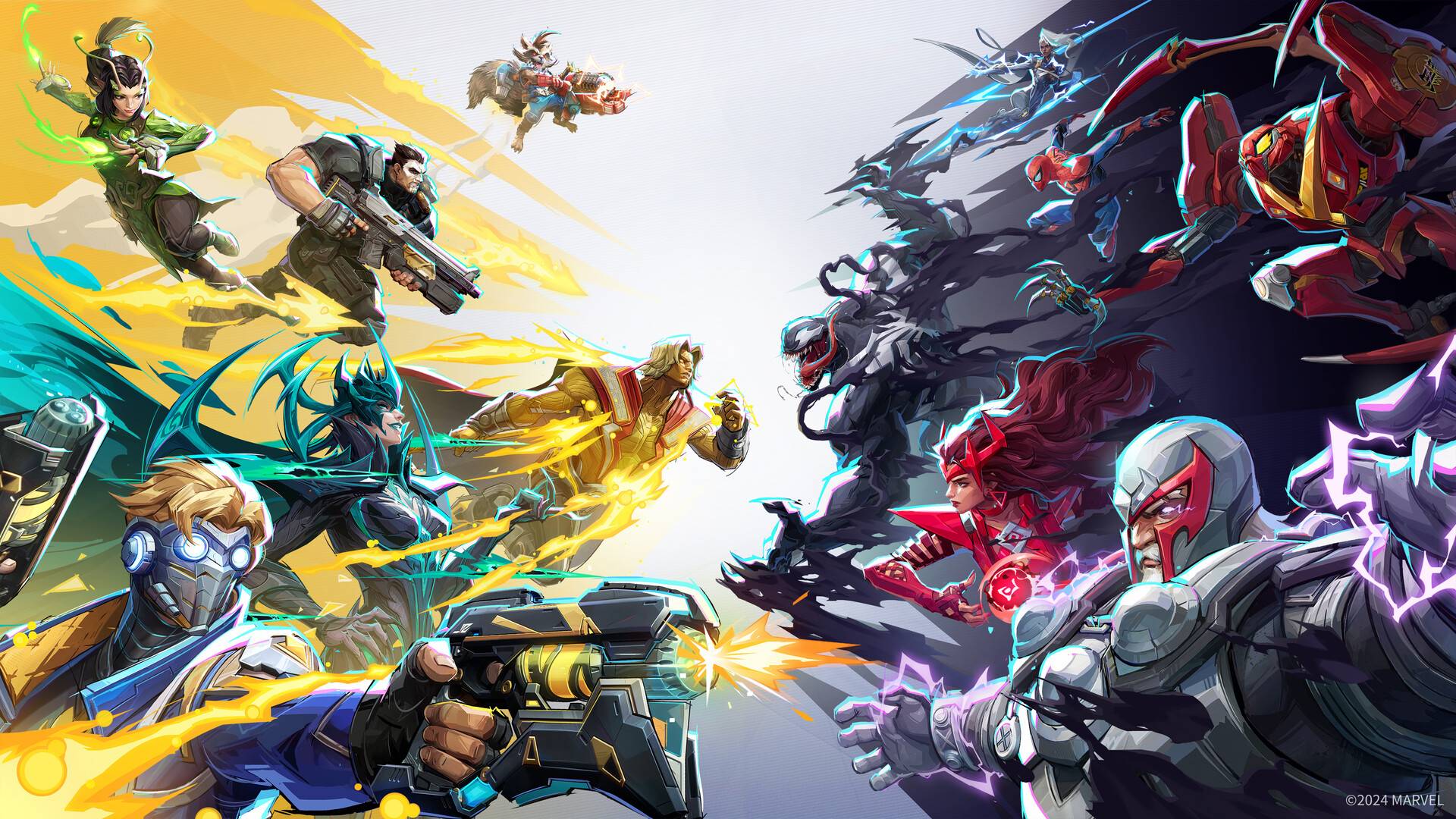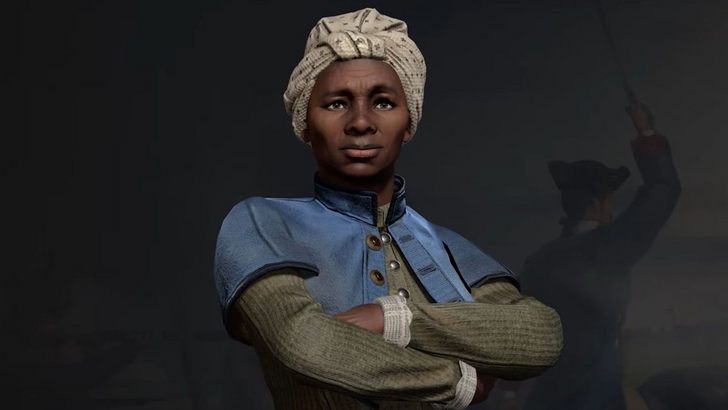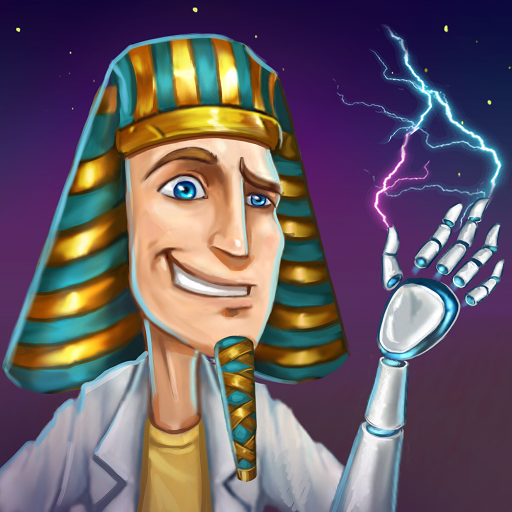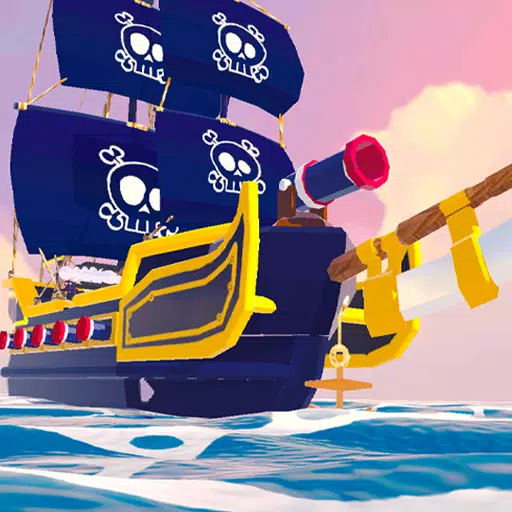Netflix continues to enrich the Witcher universe with the release of "The Witcher: Sea of Sirens," a captivating animated spin-off that immerses viewers in the world of Geralt of Rivia and his companions. Set in a coastal kingdom, the film explores the tense dynamics between humans and merfolk, setting the stage for a narrative filled with action, drama, and moral dilemmas. While the film boasts visually stunning underwater scenes and dynamic combat sequences, its storytelling falls short of the depth typically found in Andrzej Sapkowski's original works.
What is The Witcher: Sea of Sirens About?
 Image: netflix.com
Image: netflix.com
"The Witcher: Sea of Sirens" adapts Sapkowski's short story "A Little Sacrifice" from the second book of the saga. Positioned between episodes 5 and 6 of the first season of the live-action series, the film follows Geralt and Jaskier as they journey to the seaside duchy of Bremervoord. Their mission is to hunt down a sea monster plaguing pearl divers. Along the way, they meet Eithne Daven, a poetess, and become entangled in the tragic love story of Prince Agloval and the mermaid Sh’eenaz.
While staying true to certain aspects of the original tale, the film introduces significant deviations. For example, Agloval is depicted as a young prince rather than the stingy duke of the source material, and his relationship with Sh’eenaz is portrayed with a more romantic lens. Additionally, the film delves into Lambert's backstory, showcasing his childhood connection to Bremervoord and his friendship with Eithne, who once protected him from bullies.
Art Style and Animation
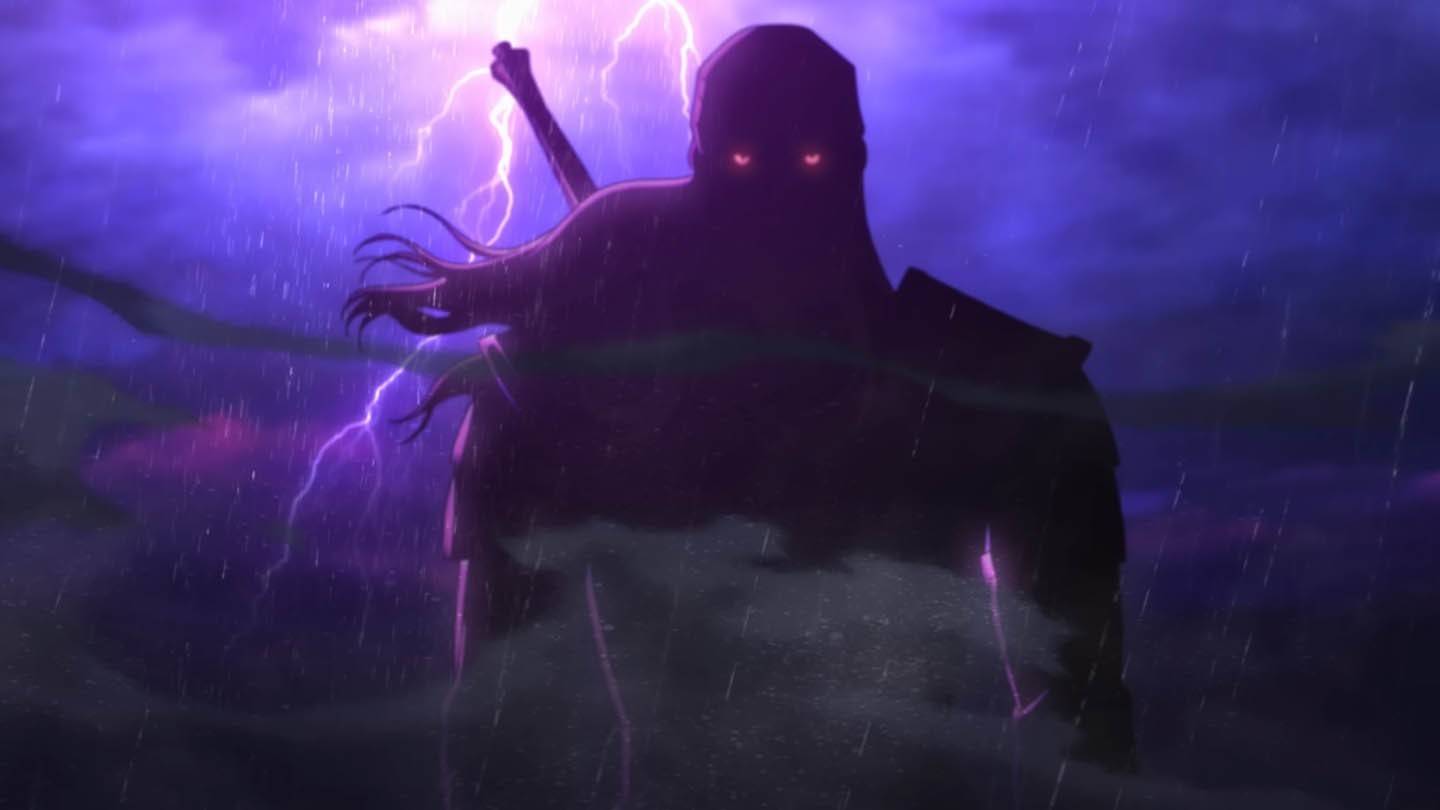 Image: netflix.com
Image: netflix.com
Studio Mir, renowned for their work on "The Witcher: Nightmare of the Wolf," brings their distinctive art style to "Sea of Sirens." The animation excels in its portrayal of the underwater world, with merfolk designs that blend aquatic elements with dryad-like features, setting them apart from typical fantasy depictions. These characters also speak a unique dialect of Elder Speech, enhancing their cultural distinction and adding depth to their forbidden romance with Agloval.
Despite the impressive visuals, character designs sometimes lack consistency with the live-action series. Geralt, voiced by Doug Cockle rather than Henry Cavill, retains his rugged charm, but other characters, such as Eithne, fail to capture the allure described in the books or hinted at in earlier adaptations.
Action Sequences: Visually Impressive but Flawed
 Image: netflix.com
Image: netflix.com
"Sea of Sirens" is notable for its action-packed fight scenes. Geralt's battles are filled with energy, featuring clashing swords, acrobatic maneuvers, and flashy signs. However, these sequences often prioritize spectacle over substance, with Geralt's combat lacking strategic depth. He uses signs haphazardly, drinks potions mid-fight without explanation, and performs moves that defy logic, which may disappoint fans familiar with the games or books.
The choreography leans towards superhero tropes, deviating from the grounded realism typically associated with Geralt's fighting style. Despite these shortcomings, the intense and brutal nature of the battles remains entertaining, if not entirely satisfying.
Storyline: A Mixed Bag
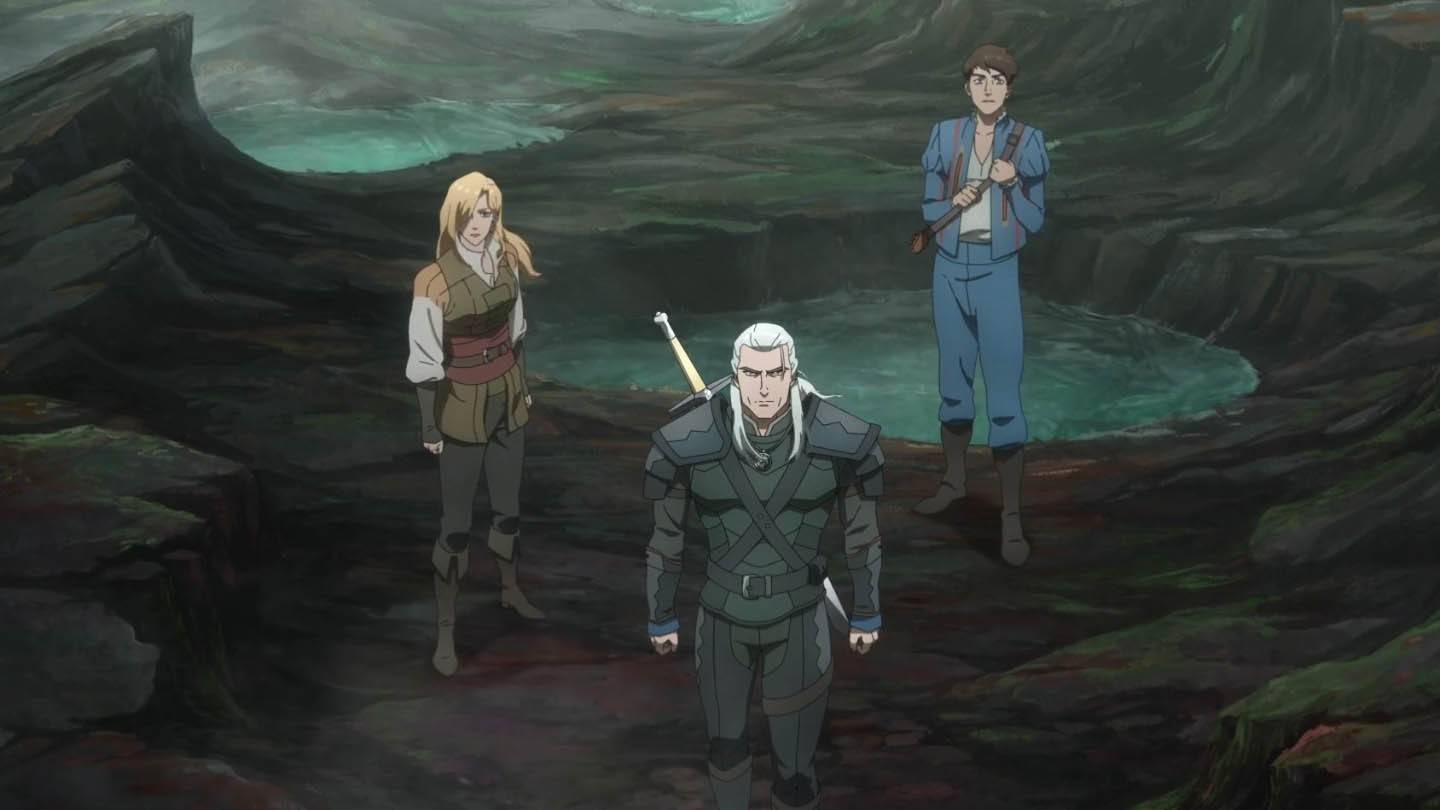 Image: netflix.com
Image: netflix.com
The narrative of "Sea of Sirens" struggles to balance its ambitious themes of romantic tragedy, interspecies conflict, and Geralt's internal struggles. The plot often relies on predictable clichés, such as an Ursula-inspired villain reminiscent of Disney's "The Little Mermaid." The tone shifts awkwardly at times, with brief musical numbers that feel out of place in the dark fantasy setting.
Eithne's character arc is particularly disappointing. As a bard and potential love interest for Geralt, her role should have been compelling, but her song performance lacks inspiration, and her development feels underwhelming. Geralt's moral dilemmas are treated superficially, offering little insight into his psyche beyond surface-level reactions.
Comparison to Previous Adaptations
 Image: netflix.com
Image: netflix.com
In comparison to "Nightmare of the Wolf," "Sea of Sirens" falls short both narratively and thematically. While the former provided an emotionally resonant origin story for Vesemir, the latter feels scattered and overly reliant on visual spectacle. However, the underwater sequences and vibrant animation elevate "Sea of Sirens" above mere mediocrity, offering enough visual appeal to warrant attention.
Behind-the-Scenes Insights
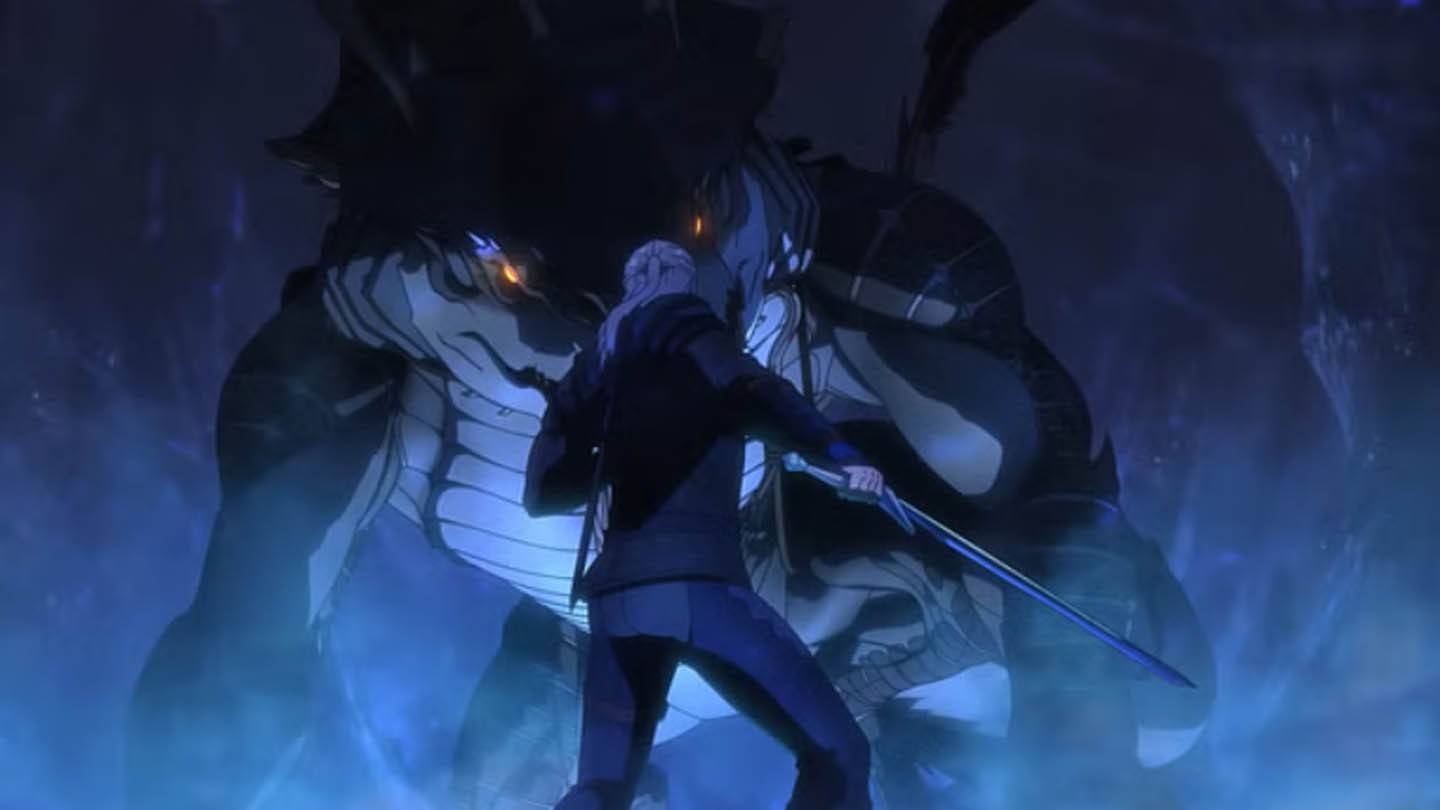 Image: netflix.com
Image: netflix.com
The production of "Sea of Sirens" involved extensive collaboration between Netflix and Studio Mir. The team faced challenges in balancing fidelity to Sapkowski's writing with the demands of modern animation. Designing the merfolk was particularly challenging, aiming to capture their dual nature as both beautiful and menacing. Artists drew inspiration from various mythologies, including Greek sirens and Slavic water spirits, to achieve this duality.
Fan Reactions and Criticism
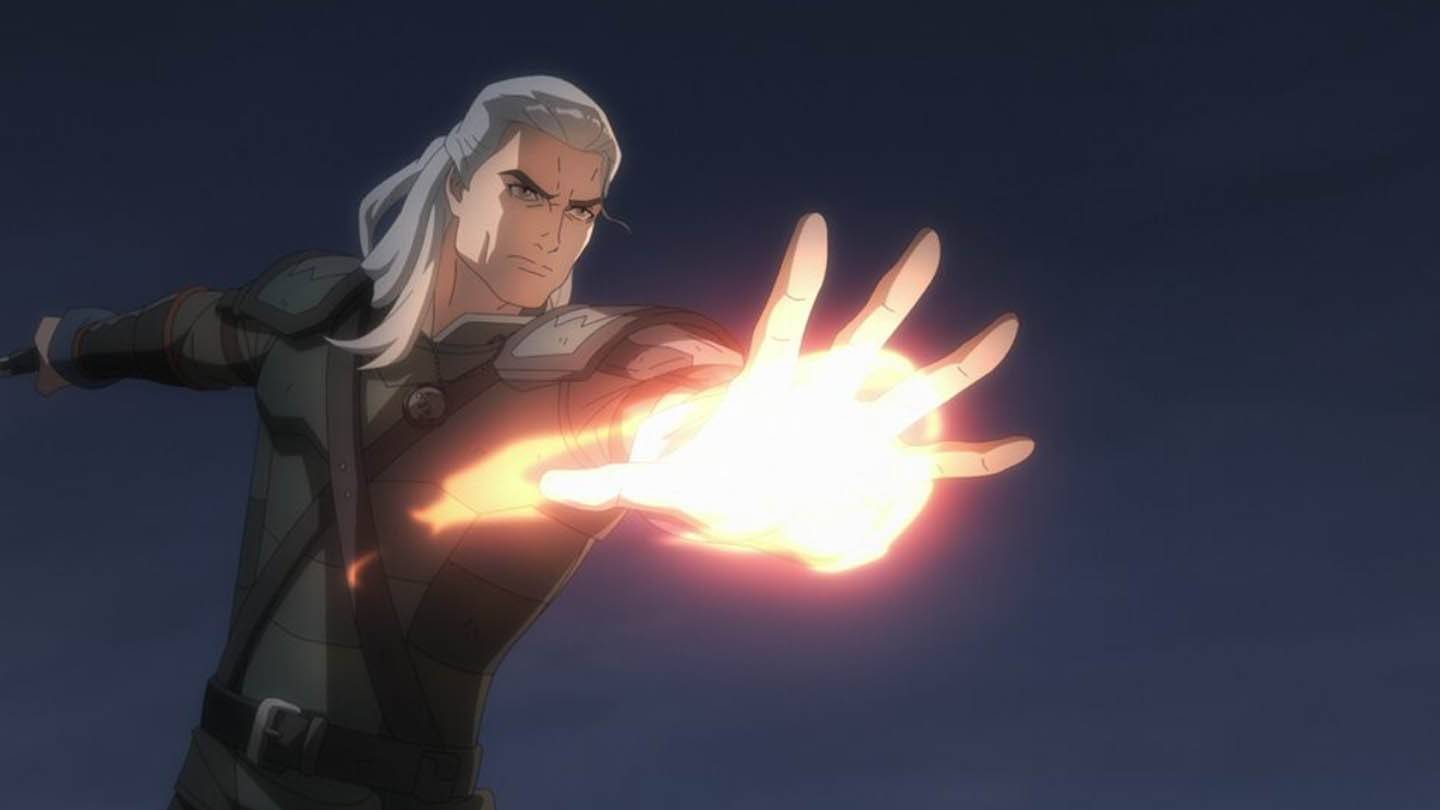 Image: netflix.com
Image: netflix.com
Fan reactions to "Sea of Sirens" have been mixed. Some appreciate the film's commitment to expanding the Witcher universe through lesser-known stories and its efforts to stay close to Sapkowski's vision. However, others have criticized the liberties taken with established characters, particularly Geralt's erratic behavior during fights. Social media feedback has highlighted frustrations with Eithne's portrayal, with many questioning why her role was not developed further.
Future Prospects for Witcher Media
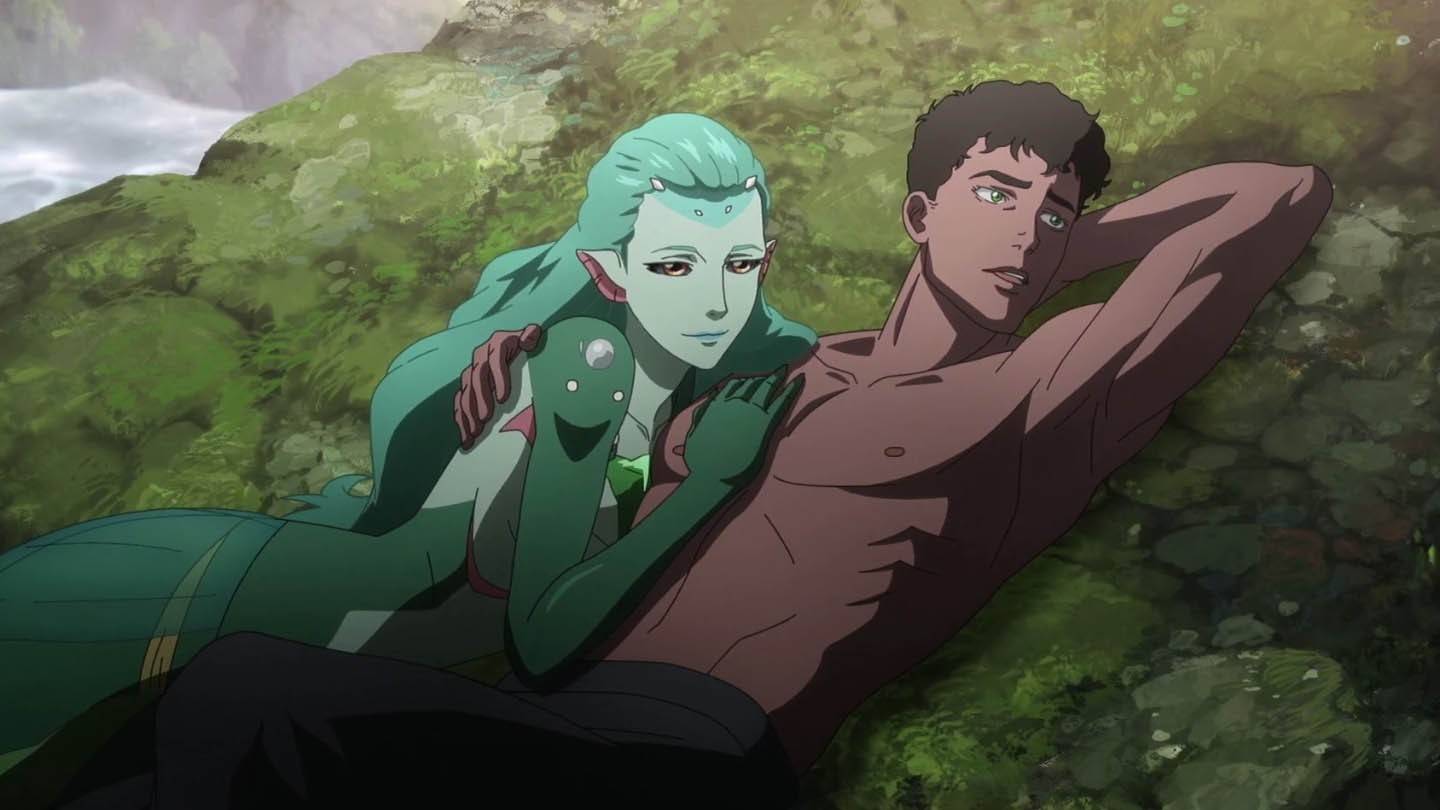 Image: netflix.com
Image: netflix.com
With "Sea of Sirens" now part of the Witcher canon, the future of the franchise remains a topic of interest. Will Netflix continue to explore side stories through animated films, or will the focus shift back to the main series? Given the success of previous adaptations, it is likely that more content is on the horizon. Fans eagerly await announcements about potential sequels or spin-offs centered around secondary characters like Ciri or Triss Merigold.
Broader Implications for Fantasy Franchises
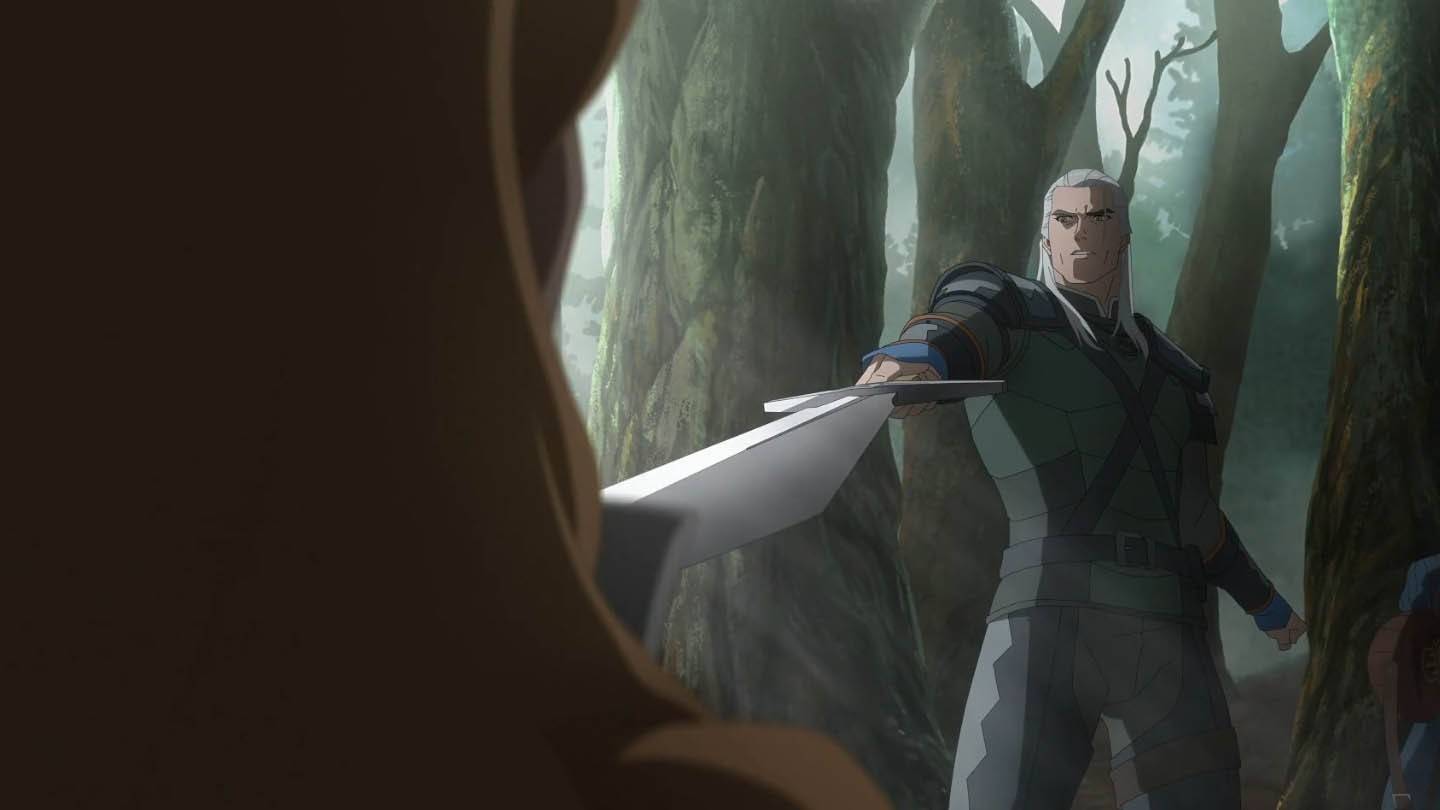 Image: netflix.com
Image: netflix.com
"The Witcher: Sea of Sirens" reflects broader trends in adapting literary works for the screen. Balancing artistic license with respect for the source material is a delicate task, especially when dealing with beloved universes. Studios must navigate carefully to avoid alienating long-time fans while attracting new audiences. "Sea of Sirens" serves as both a triumph and a cautionary tale, showcasing what can be achieved and where pitfalls lie in bringing complex narratives to life.
By examining its successes and shortcomings, creators can refine their approaches for future projects, ensuring richer storytelling and more authentic representations of cherished worlds. Whether through animation, live-action, or interactive media, the goal remains to honor the essence of the original while pushing creative boundaries.
As the Witcher saga continues to evolve, it solidifies its place in popular culture, demonstrating that even imperfect adaptations contribute meaningfully to the larger tapestry of storytelling.
Should You Watch It?
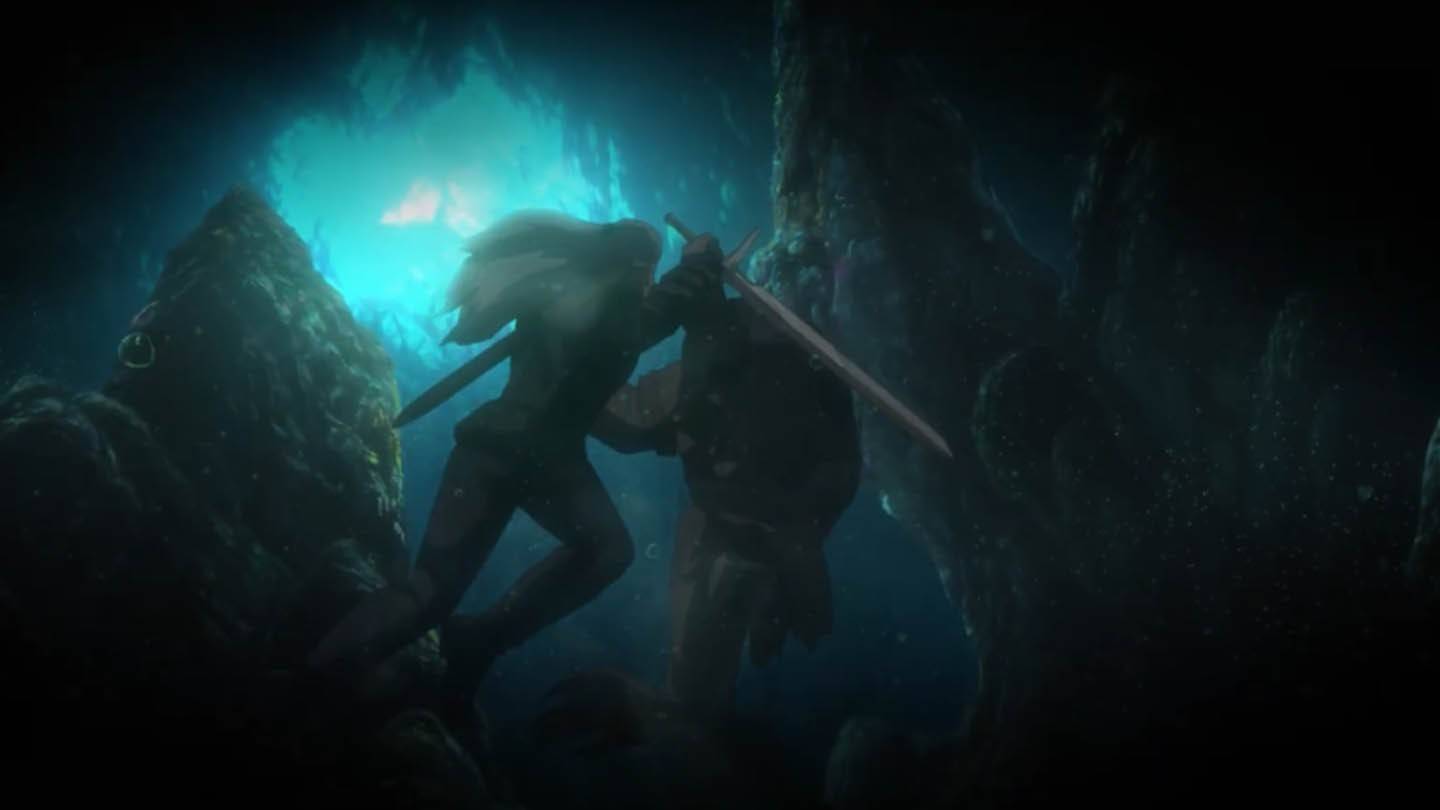 Image: netflix.com
Image: netflix.com
If you are a die-hard fan of The Witcher universe or curious about Studio Mir's take on Sapkowski's tales, "Sea of Sirens" might be worth your time. The film offers faithful adaptations of certain elements from "A Little Sacrifice" and breathtaking underwater visuals that provide glimpses of brilliance. However, those seeking a cohesive story or deeper exploration of beloved characters may find it lacking.
Ultimately, "The Witcher: Sea of Sirens" serves as a visually engaging yet narratively flawed entry in the ever-expanding Witcher lore. For casual viewers, it offers light entertainment, but hardcore fans might yearn for something more substantial.


